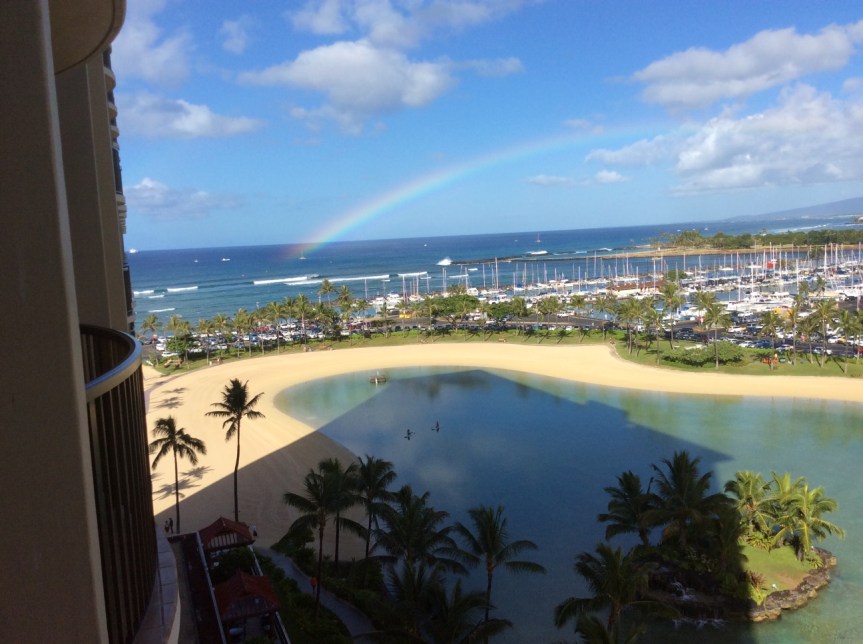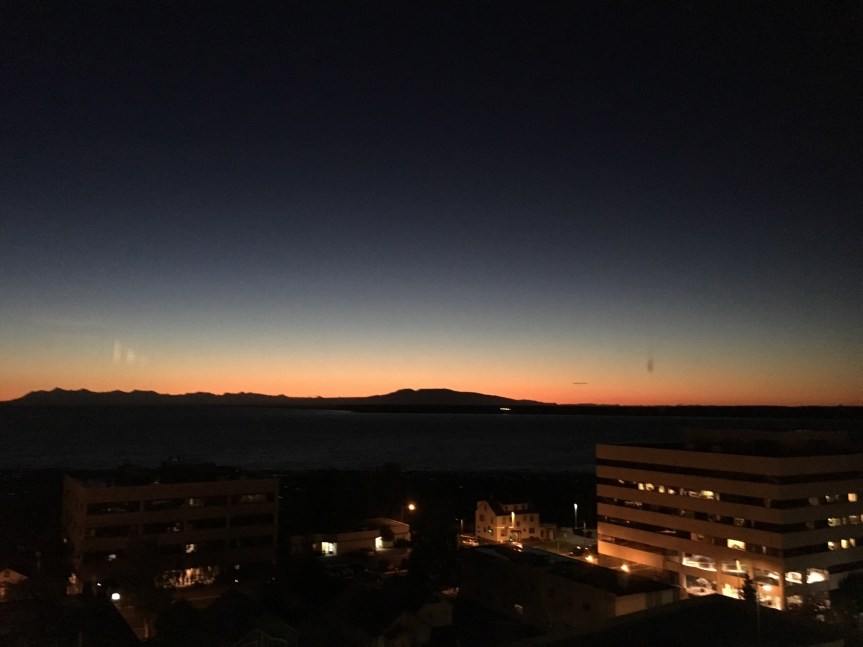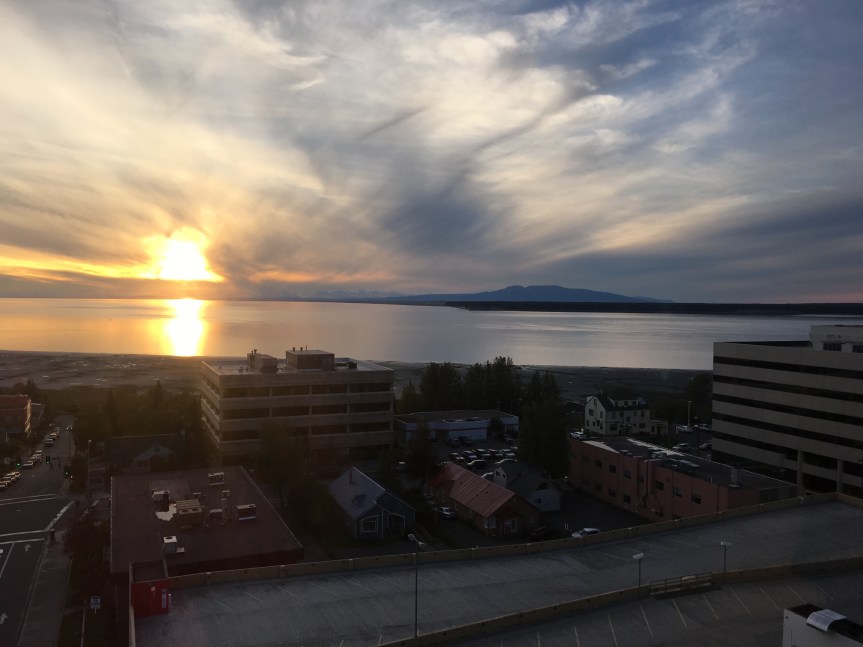I spent most of the day talking about climate change threats to cultural heritage and archaeological resources. I started off at a fairly conventional session about archaeology at various sites in Alaska and the Pacific Northwest, which had a number of interesting papers, many based on analysis of well-preserved faunal remains.
I then went on to the first formal meeting of the newest SAA committee, on Climate Change Strategies and Archaeological Response (CCSAR). Dan Sandweiss, who is the SAA board liaison, as well as being one of the earlier people to call attention to the importance of archaeological sites as archives of paleoenvironmental data, as well as the obvious archaeological data. It seems to be a really great group of people,working in a lot of different places, all of which are having some climate issues. Most of them are interested not only in saving data, but in what that data can tell us about past climates, and about how people adapted to changes in them. As one person said, “We really don’t have much data about the Archaic, the last time people lived sustainably in North America.” This may be a bit of an exaggeration, especially for Alaska, but basically the idea is correct.
After that, I had to go to an appointment in the book room. We will see what comes of that in due time.
Then there was another interesting session on Heritage Tools for Tackling Climate Change. This included a variety of talks on ways people are dealing with the effects of climate change. One had to do with melting ice patches in Glacier National Park, and how the Park Service had dealt with material coming out, in consultation with the local Native American community, as well as studies they were doing so they could be proactive. Another paper included information on the California Cultural Resource Management (CRM) community’s efforts to get public lands on the coast surveyed completely.
There was some discussion about whether the US ban on revealing any site location data helps or hurts. Most other countries will reveal that data, although they may wait until very valuable materials have been properly excavated in some cases. They have found that it decreases looting, if anything. It also helps people avoid inadvertent damage that happens when people don’t know a site is there, and lets them report on changes in site conditions. So instead of a few archaeologists, lots of people can keep an eye on the sites. Here they can’t do that. I suspect, as do many others, that the people who are serious looters already know where the sites are, and have a pretty good idea where to prospect for more. On the other hand, when the US government shut down for a couple of weeks in 2013, looting exploded in the National Parks.
Tomorrow morning the session I organized on Global Change Threats to the Archaeological and Paleoecological Record (not snappy, but lots of buzzwords for search engines) happens.











